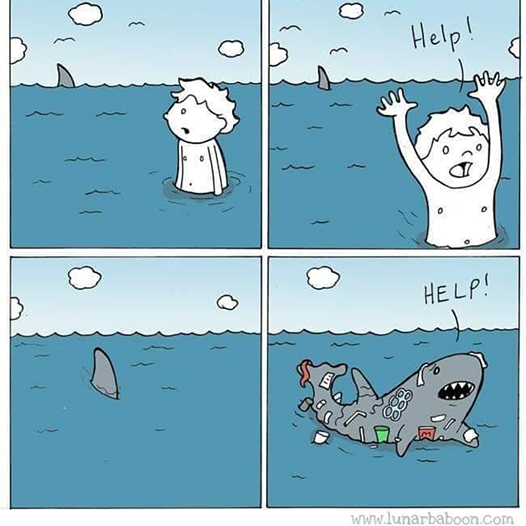Crochet tote bags 3 ways!
There are many ways to crochet a tote bag. This blog post will go through 3 of my favorite methods. Although each method is shown in either fi
As of yet, I feel like the content being created for Giglet's Garments via Youtube, this blog, social media, etc. doesn't fully encapsulate everything that I think this brand is capable of. As such, I've decided to take time to actually outline what that brand looks like and means to me, as well as beginning to shift my content toward focusing on full-circle stories that show my creativity in sewing and upcycling textiles, but also point out why these things are important in our throw-away culture and may inspire others to join this movement.
I hope that this blog post will be an early step in sharing this authentic desire to spread a passion for reusing things. I want to be able to share the deeper cultural and societal issues that face us every day as consumers and help others navigate the growing inefficiency and un-sustainability of many aspects of modern day life. Of course, for me, my area of focus will begin with textiles, as this is a massive and important area for us to begin changing our habits.
What do you do when one of your regularly-used articles of clothing has a hole that makes it unwearable?
Do you patch it?
Do you use the material to make either another item of clothing or something useful for your household?
Or do you toss it in the trash or donate it to one of the big-business "non-profits" that exist in virtually every city in this country?
Most of us, if answering honestly, will select the last option. It's what we do. It's completely engrained into our culture that when something stops working, we dispose of it and get a new one. This is particularly true of clothing, because it's fairly easy and cheap to obtain a replacement, and we don't often have to confront the effects of throwing our used clothing in the trash can. Obviously, if your $300 blender breaks, you're more likely to fix it than buy a new one, but if a tee shirt you got in the Target clearance section for $4 gets a hole right on the nipple, there isn't much motivation to keep its lifecycle going.
But the effect of this has amounted to nearly 11 million TONS of textiles being thrown out annually in the US alone. This isn't only a national problem, but Americans do have a particular affinity for throwing old things out just to buy a new one. Fashion itself is based around the concept of every thing having a useful season and then moving into obsoletion. It's what keeps people purchasing clothing, handbags and accessories at the rate they do. And while many people don't think of themselves as particularly "trendy", chances are the way you're consuming textiles is not sustainable.
So what are my most basic tips for people concerned about the impact of their clothing and textiles?
This is what has to come first. When you see yourself pining over new shoes in the mall window, ask yourself if you have something that already fits that purpose and what is motivating your desire for this item. Further, what will you do with this already owned item once you buy the new one?
Wash your clothes the way the care tag recommends. It seems silly, but making sure you don't contribute to your clothing items becoming unwearable more quickly than they have to makes a big difference. And on a related note, use things until they are truly no longer functional, not just when you get bored of them.
It's low quality so you'll have to replace it SO much sooner. Not to mention, fast fashion companies are able to sell their products at a certain price because (mostly foreign) garment workers are routinely paid a non-livable wage. We'll talk about this more down the road.
You wouldn't believe some of the things you can find secondhand. It will make you feel like you have a new fantastic wardrobe without having to economically contribute to putting more textiles into production. It's estimated that there are currently enough clothes in the world for the next 74 generations .
This will keep your items in use much longer and you can even alter items to be more "your style" or on-trend. Items that are past the point of being salvaged can be turned into rags, scrubbies, hair ties and headbands, dog toys and more!
Like women's shelters or community organizations that will help actual people in your neighborhood rather than lining the pockets of a CEO. Or better yet, find an actual person in need and donate your unwanted clothing to them instead, I'm sure they'd be grateful.
I hope that these tips can inspire you to make a difference in the way you consume, or at the very least, become more aware of your habits and how you could behave differently. A lot of people making little modifications can cause a huge change, especially when we are facing a problem that has become second nature through multi-generational learning.
Check back soon to continue to see how Giglet's Garments evolves into the best version of itself, I'm excited to bring my vision to life!
